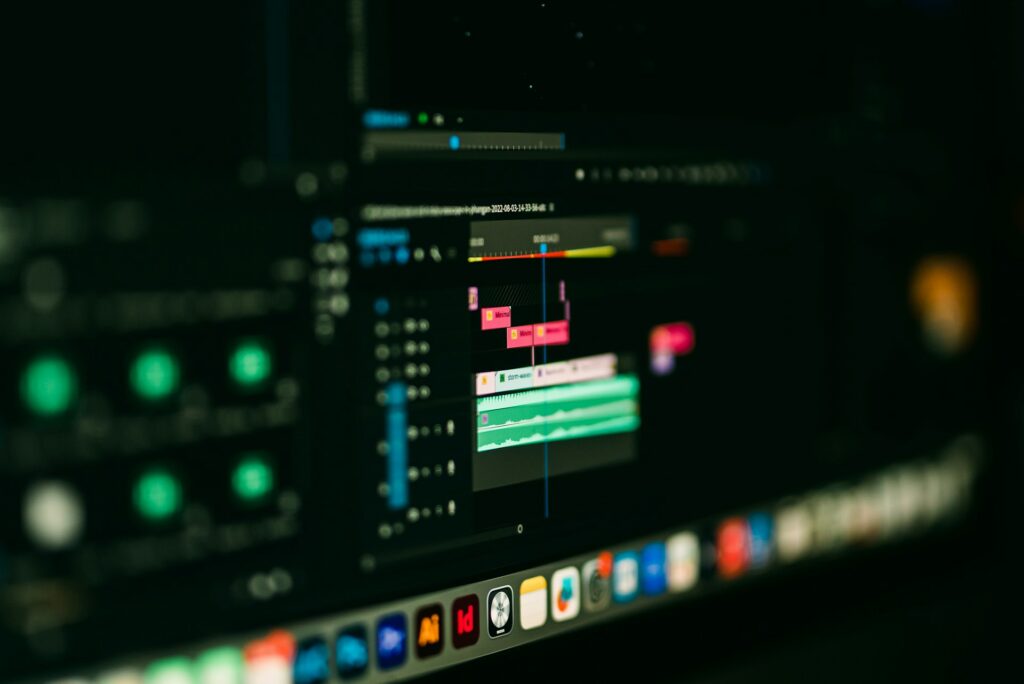Learn How to Master Layer Masks with This Step-by-Step Guide in Photoshop

Learn How to Master Layer Masks with This Step-by-Step Guide in Photoshop
In this introduction, we will discuss the importance of layer masks in Photoshop.
Mastering layer masks is one of the most crucial abilities that any designer, photographer, or creative professional can get by learning Photoshop. This is because layer masks are used in Photoshop. Non-destructive editing is built on layer masks, which are not only an additional function but rather the basis of the process. Layer masks enable you to conceal or show areas of a layer with precision, allowing you complete control over the visibility of objects without ever permanently affecting the original picture. This is in contrast to the use of the eraser tool or the deletion of pixels, which are both methods that are used to remove pixels. It is vital to have a solid grasp of layer masks in order to fully unleash the potential of Photoshop. This is true whether you are dealing with adjustment layers, mixing exposures, building composites, or eliminating backgrounds.
In What Ways Does a Layer Mask Function?
The most basic definition of a layer mask is a grayscale channel that is linked to a layer. On the mask, the color white displays the information, while the color black conceals it, and the various degrees of gray make the mask more or less transparent. Following the application of a mask to a layer, you have the option of using a brush or the gradient tool to “paint” with black or white, so determining precisely which components of that layer are visible. This indicates that you are able to modify the look of the layer without losing any of the original data; everything continues to be reversible and editable to the same extent.
There is a distinction between the Eraser Tool and Layer Masks.
The use of the eraser tool to eliminate elements of a picture is recognized as one of the most typical errors made by novice beginners. Although it can seem to be a straightforward answer, this approach is really damaging since once you delete anything, it cannot be recovered until you reverse or restore the action. Layer masks, on the other hand, enable you to conceal sections without causing any damage to them. You always have the option to show sections of the layer once again by flipping the mask from black to white. Due to the fact that masks provide such versatility, experts employ them for all crucial changes.
A Guide to Adding a Layer Mask
The process of adding a layer mask is simple:
- Choose the layer that you wish to hide from view.
- It is located at the bottom of the Layers panel and has the appearance of a rectangle with a circle in the center. Click the button that says “Add Layer Mask.”
- Additionally, a white thumbnail will show next to your layer, which will serve as an indication that the complete layer is visible.
- You now have the ability to paint visibility on or off by using the Brush Tool with either black or white.
Black, white, and gray all play a part in this.
Recognizing how color functions on a mask is of the utmost importance:
- The color white makes everything on the layer visible.
- Black totally conceals some aspects of the layer.
- A partial transparency is possible with gray, which is helpful for delicate blending effects.
- You may alter the opacity of every pixel on that layer by painting various tones on the mask until you reach the desired level.
While use the Brush Tool with Masks
One of the most powerful tools you have at your disposal is the brush tool when you are dealing with masks. To make sure that your foreground color is either black or white, choose the mask thumbnail, select the brush tool (B), and then make some adjustments.
Advice:
- In order to achieve seamless transitions, use a delicate round brush.
- To have further control, adjust the opacity and flow.
- To toggle between black and white, use the X key on your keyboard.
- Utilizing this method enables you to progressively apply effects while simultaneously refining difficult options.
Masks with Gradients for Creating Seamless Blends
Through the usage of the Gradient Tool, layer masks may also be used in a strong manner. Blending two pictures together or producing seamless transitions between effects are two situations in which this comes in very handy.
In this manner:
- A mask should be added to the top layer.
- The Gradient Tool (G) should be selected.
- Pick a gradient that goes from black to white.
- Blending from complete transparency to full visibility may be accomplished by dragging over the picture.
- When used for exposure blending in landscape photography or composite work, this produces fades that seem natural and is ideal for use.
Using Adjustment Layers for Masking
In addition to working with pixel-based layers, layer masks are also compatible with adjustment layers such as curves, levels, hue/saturation, and a variety of other layers. In Photoshop, a mask is automatically added whenever you apply an adjustment layer to an image. Painting on the mask will then allow you to selectively apply the effect to just certain portions of the picture instead of the whole image. This makes it possible to make adjustments to the exposure, color, or creative effects in certain areas of the image without impacting the overall picture.
Both the Select and Mask Tools and the Refine Edges
When it comes to constructing masks for intricate topics such as hair, fur, or trees, plain painting is not sufficient anymore. In this situation, Select & Mask comes into play.
Methods:
- It is recommended to use tools such as Quick Selection to make an initial selection.
- To choose and mask, click the choose button.
- If you want to enhance the selection, you may use the Refine Edge Brush Tool.
- Produced as a Layer Mask output.
- Even in difficult circumstances, you will be able to manufacture masks of superior quality with the help of this sophisticated toolkit.
Flipping a Mask Around
In some situations, you may want the opposite result of what you have concealed. A simple inversion of the mask might be used as an alternative to painstakingly repainting everything here:
- Choose the mask to use.
- On a Mac, press Cmd + I, and on a Windows computer, press Ctrl + I.
- On the other hand, everything that was seen is now concealed, and vice versa. The use of masks derived from selections or gradients is a particularly handy application of this.
Masks that are Replicated and Used Again
If you have already invested some time in making a perfect mask and you want to reuse it, you do not have to begin the process all over again. It is possible to reproduce it by:
- While holding down the Alt key (on Windows) or the Option key (on Mac), drag the mask to a different layer.
- This not only saves time but also guarantees that all of your adjustments are consistent.
Looking at Masks and Turning Them Off
For a better understanding of the appearance of your mask:
- Click the mask with the Alt or Option key to see it in full screen mode.
- To temporarily deactivate the mask, tap the Shift key on your keyboard.
- To access choices such as Delete, Apply, or Disable, right-click the mask using the mouse.
- You can troubleshoot and fine-tune your masking work with the assistance of these shortcuts.
Mixing and matching several masks
When working with complicated compositions, it is possible to distribute many masks over a variety of layers and groups. The use of vector masks, clipping masks, and group masks in conjunction with one another is another method for constructing highly controlled edits. The ability to manage visibility across several levels with a single mask is an essential approach in advanced workflows. Group masks apply to whole folders, allowing you to control visibility across multiple layers.
Avoiding the Most Frequent Errors
Those who are just starting out in the world of masks often encounter the following difficulties:
- In place of the mask, painting should be done on the layer.
- overlooking the fact that black and white should be switched.
- Failure to pick the mask thumbnail prior to altering its contents.
- In order to achieve subtle transitions, use harsh brushes.
- A significant number of these problems may be avoided by vigilantly monitoring the active thumbnail and using gentle brushstrokes.
Exercise in Blending Two Photographs via Practice
Try blending a photograph of a sunset with a landscape in the front by utilizing two layers and a gradient mask. This will allow you to put your newly acquired abilities to action. Make use of an adjustment layer to apply color correction to simply the sky, and then mask it so that it only affects that particular portion of the picture. For the sake of this practical exercise, gradient masking, adjustment layers, and brush refining are all combined into a single creative approach.
As a result of using layer masks, you will become a power user who is not destructive.
Among the features that distinguish Photoshop, layer masks are among the most important since they provide complete creative freedom without compromising the integrity of the picture. You will find that your workflow becomes far more flexible and professional after you have gained an understanding of how black, white, and gray govern visibility, as well as how to apply these concepts via the use of brushes, gradients, and selects. Layer masks are a vital component of mastering Photoshop in 2025 and beyond, regardless of whether you are retouching portraits, making composites, or producing graphics (or any combination of these).







